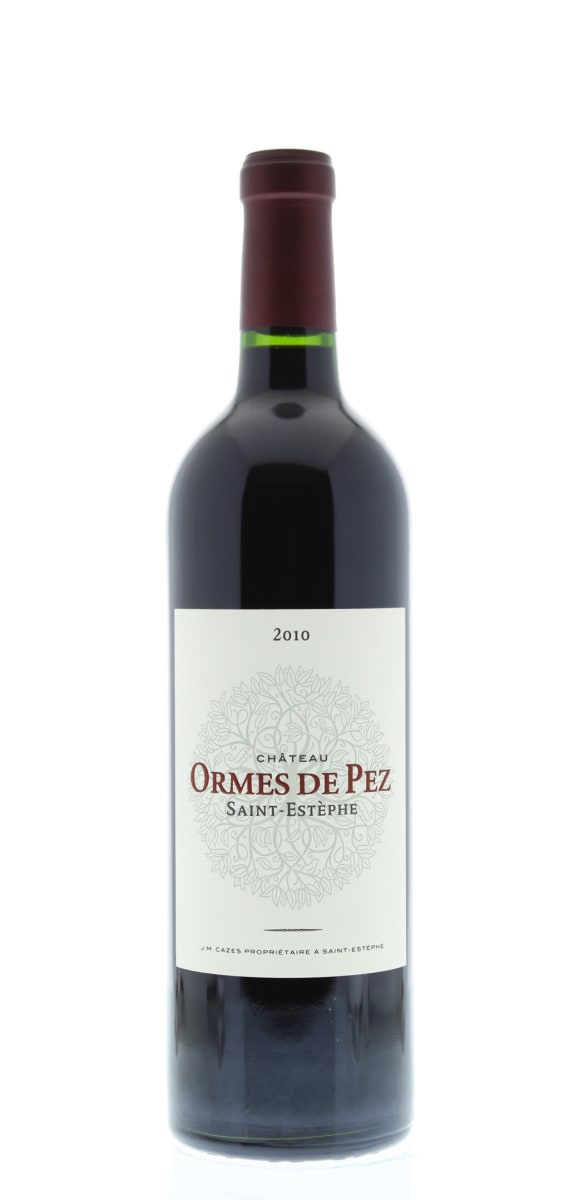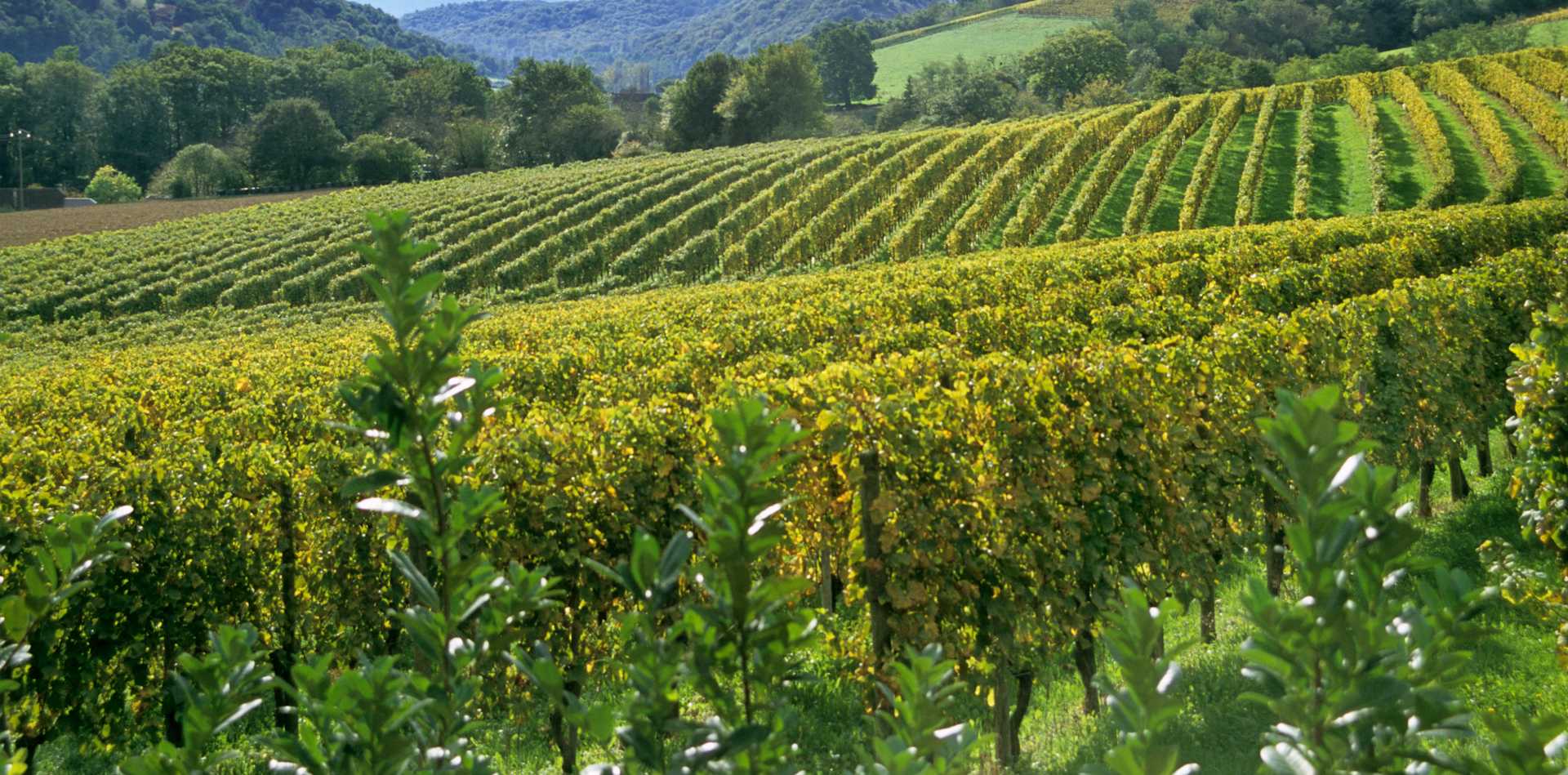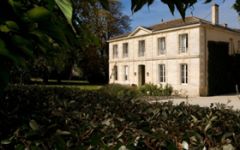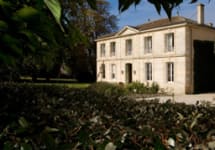Chateau Ormes De Pez 2010
-
James
Suckling -
Wine
Enthusiast -
Robert
Parker -
Wine
Spectator - Decanter




Product Details
Your Rating
Somm Note
Winemaker Notes
Made using the traditional grape varieties, these wines are rich, full-bodied and generous. They are made of predominantly Cabernet Sauvignon and complemented by a significant amount of Merlot for a combination of longevity and smoothness. The resulting wines are rich and fruity with a rather imposing tannic backbone. They are seductive in their youth and develop their finesse after a few years of bottle age.
Professional Ratings
-
James Suckling
Wonderful aromas of currants and blackberries with hints of spices. Full body, with fabulous tannins and a long and creamy texture to the finish. I love the depth of fruit to this. Best ever from here. Great value for the vintage.
-
Wine Enthusiast
Although this wine has tannins, it’s the fruit that shines, with its delicious black-currant flavor and acidity. It is more fine and elegant than it is powerful, a pleasant surprise from Saint-Estèphe in this vintage For medium-term aging.
-
Robert Parker's Wine Advocate
Deep garnet colored, the 2010 Ormes de Pez slips sensuously from the glass with seductive blackberry pie, Black Forest cake and kirsch scents plus nuances of candied violets, hoisin, dark chocolate and licorice. Full-bodied, rich and plush in the mouth, it has a fantastic line of freshness lifting all the decadent fruit to a long, energy-sparked finish.
-
Wine Spectator
Dark and winey, with good damson plum, black currant and mulled spice notes pushed by a tangy iron note and flecks of savory and chalk on the finish. The judicious toast lets the pure fruit drive along. Best from 2015 through 2025. Tasted twice, with consistent notes.
-
Decanter
Reserved, tarry nose. Fine expression of ripe Cabernet fruit on the palate, with lots of grip and vigour, and no loss of elegance. Solid and elegant.
Other Vintages
2024-
James
Suckling - Vinous
-
James
Suckling - Vinous
-
Jeb
Dunnuck - Decanter
-
Robert
Parker
-
Wilfred
Wong - Vinous
-
Wine
Spectator -
James
Suckling -
Jeb
Dunnuck - Decanter
-
Robert
Parker
-
James
Suckling -
Wine
Enthusiast - Decanter
-
Jeb
Dunnuck
-
Wine
Enthusiast - Decanter
-
Jeb
Dunnuck -
Wine
Spectator -
James
Suckling -
Robert
Parker
-
Jeb
Dunnuck - Decanter
-
James
Suckling -
Wine
Spectator -
Wilfred
Wong -
Robert
Parker
-
Wine
Enthusiast - Decanter
-
James
Suckling -
Wine
Spectator -
Jeb
Dunnuck -
Robert
Parker
-
Wine
Enthusiast -
James
Suckling - Decanter
-
Jeb
Dunnuck -
Wine
Spectator -
Robert
Parker
-
James
Suckling - Decanter
-
Jeb
Dunnuck -
Wine
Enthusiast -
Wine
Spectator -
Robert
Parker
-
James
Suckling -
Wine
Enthusiast
-
James
Suckling -
Jeb
Dunnuck -
Wine
Enthusiast -
Wine
Spectator
-
Wine
Enthusiast -
James
Suckling
-
Wine
Enthusiast -
James
Suckling -
Wine
Spectator
-
Wine
Spectator -
James
Suckling
-
Wine
Enthusiast -
Wine
Spectator
-
Wine
Spectator
-
Wine
Spectator
-
Wine
Spectator -
Wine
Enthusiast -
Robert
Parker
-
Wine
Spectator -
Robert
Parker


Chateau Ormes des Pez has very homogenous soil (a clay gravel mixture typical of Saint-Estephe) and many of the vines are quite old. The grapes are hand-picked. After selecting the vats and blending, the wine is aged in oak barrels for 15 months in a magnificent cellar overlooking the courtyard.

One of the world’s most classic and popular styles of red wine, Bordeaux-inspired blends have spread from their homeland in France to nearly every corner of the New World. Typically based on either Cabernet Sauvignon or Merlot and supported by Cabernet Franc, Malbec and Petit Verdot, the best of these are densely hued, fragrant, full of fruit and boast a structure that begs for cellar time. Somm Secret—Blends from Bordeaux are generally earthier compared to those from the New World, which tend to be fruit-dominant.

Deeply colored, concentrated, and distinctive, St. Estephe is the go-to for great, age-worthy and reliable Bordeaux reds. Separated from Pauillac merely by a stream, St. Estephe is the farthest northwest of the highest classed villages of the Haut Medoc and is therefore subject to the most intense maritime influence of the Atlantic.
St. Estephe soils are rich in gravel like all of the best sites of the Haut Medoc but here the formation of gravel over clay creates a cooler atmosphere for its vines compared to those in the villages farther downstream. This results in delayed ripening and wines with higher acidity compared to the other villages.
While they can seem a bit austere when young, St. Estephe reds prove to live very long in the cellar. Traitionally dominated by Cabernet Sauvignon, many producers now add a significant proportion of Merlot to the blend, which will soften any sharp edges of the more tannic, Cabernet.
The St. Estephe village contains two second growths, Chateau Montrose and Cos d’Estournel.
